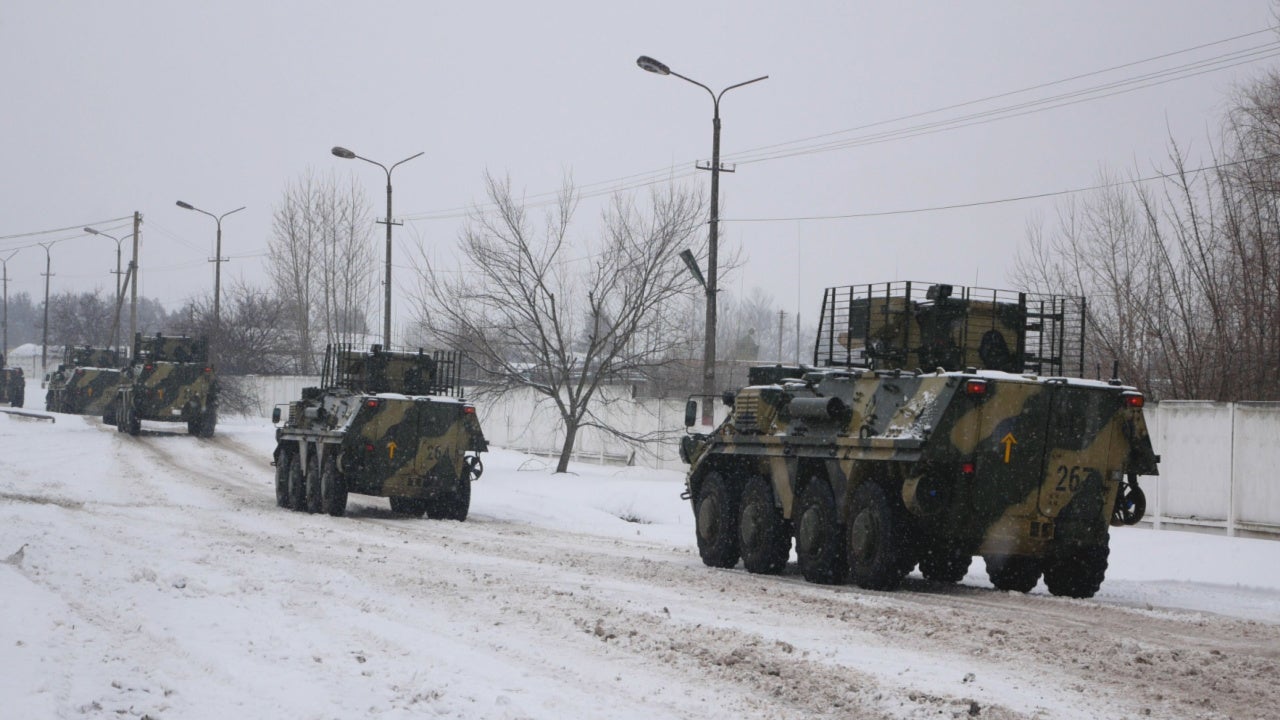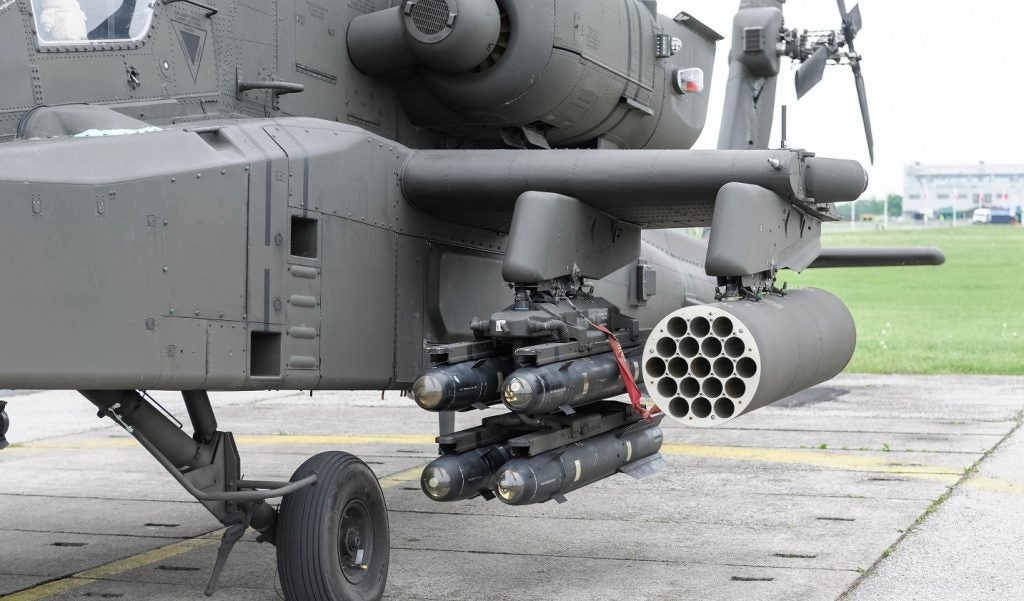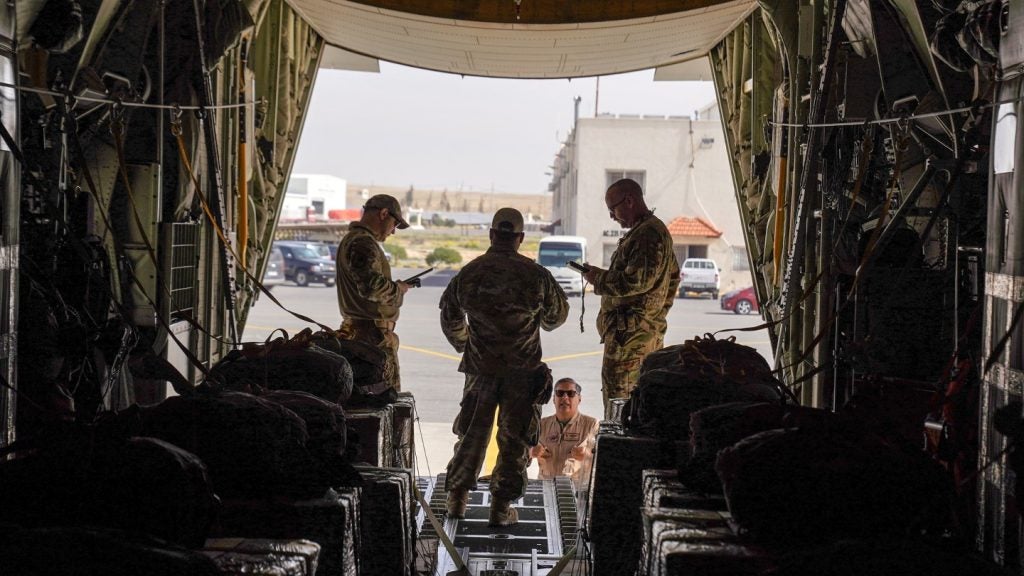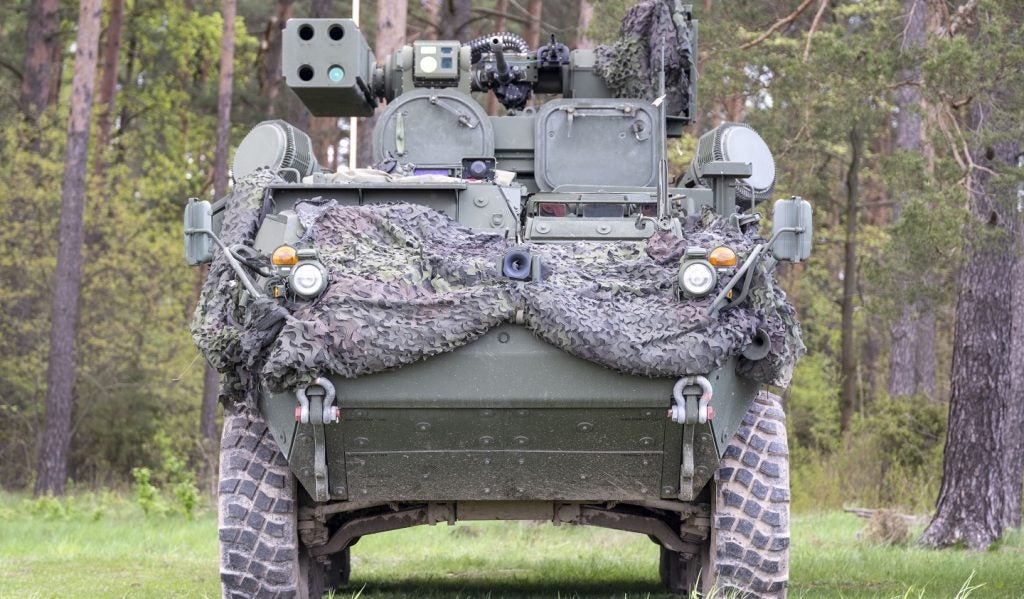
Army Technology lists five of the top tweets on land warfare in Q1 2022 based on data from GlobalData’s Aerospace, Defence and Security (ADS) Influencer Platform.
The top tweets are based on total engagements (likes and retweets) received on tweets from more than 177 land warfare experts tracked by GlobalData’s ADS Influencer platform during the first quarter (Q1) of 2022.
The most popular tweets on land warfare in Q1 2022: Top five
1. Shashank Joshi’s tweet on US and NATO supporting Ukraine with weapons and ammunition
Shashank Joshi, a defence editor, shared an article on the US and the North Atlantic Treaty Organization (NATO) pushing over 17,000 antitank weapons, including Javelin missiles, over Poland and Romania borders in less than a week’s time. The Antonov AN-124, Ukrainian military cargo planes of the Cold War that were built and bought when Ukraine was a part of the Soviet Union, were loaded with weapons and ammunition at the Amari Air Base in northern Estonia. The giant military cargo planes were then unloaded in Ukraine to take the trip by land to Kyiv and other cities, Ukraine’s capital, the article detailed.
The event resembled the Berlin lift of 1948-49 that kept Western Berlin supplied with essentials by the Western allies, as the Soviet Union tried to choke it off, the article further noted. Apart from the visible contributions, forces from the US Cyber Command known as cybermission teams, were placed along around bases in Eastern Europe to intercept Russia’s digital attacks and communications. In Washington and Germany, satellite images were merged with electronic intercepts of the Russian military units. US officials also noted that the Ukrainian military was using the Armed Turkish Bayraktar TB2 drones for the first time to identify Russian tanks and other vehicles.
Username: Shashank Joshi
See Also:
Twitter handle: @shashj
Likes: 2,194
Retweets: 471
2. GEN James C. McConville’s tweet on snipers participating in a sniper range in Poland
GEN James C. McConville, 40th chief of staff of the US Army, shared a video on snipers with the second battalion, 34th armoured regiment, and the first armoured brigade combat team, first infantry division participating in a sniper range at the Drawsko Pomorskie training area in Poland. The 7.62×51 NATO M118LR cartridge had a maximum effective range of 900 metres or was shooter dependent using the M110 SASS (semi-automatic sniper system), the video illustrated.
The 12.7 millimetre (mm) or.50 calibre cartridge came in ball, tracer, armour piercing, and incendiary versions, and had an effective range of 1,800 metres. It was the artillery for the US Army Barrett M107 weapons system, the video highlighted.
Username: GEN James C. McConville
Twitter handle: @ArmyChiefStaff
Likes: 613
Retweets: 113
3. Robert Lee’s tweet on the formation of the 19th and 20th motorised rifle divisions
Robert Lee, senior fellow at the Foreign Policy Research Institute (FPRI), shared an article on the formation of the 19th and 20th motorised rifle divisions in the Southern Military District. The article detailed that an earnest rally was conducted in Volgograd, Russia to mark the creation of the restored 20th Guards Motorised Rifle Carpathian-Berlin Red Banner Order of Suvorov Division. The structure formed two motorised rifle regiments, one self-propelled artillery regiment and a separate tank battalion.
The 255th Guards Motorised Rifle Volgograd-Korsunsky Regiment was created on the basis of the previous 20th Motorised Rifle Brigade, the article further noted. While in the city of Kamyshin, the 33rd Motorised Rifle Berlin Don Cossack Regiment was re-established. According to reports, the T-72B3 tanks of the former 56th air assault brigade were sent to the 33rd regiment, and not to a separate tank battalion of the 20th division as believed earlier.
Additionally, the self-propelled artillery regiment was practically formed and had begun its planned combat training. The 20th motorised rifle division was therefore, in a combat-ready state, while the newly formed 503rd motorised rifle unit had received a full-time set of military equipment and was engaged in active combat training, the article highlighted.
Username: Rob Lee
Twitter handle: @RALee85
Likes: 545
Retweets: 76
4. British Army’s tweet on Exercise Street Devil
British Army, the official platform for British Army news and events, shared a video on the Exercise Street Devil bringing heavy armoured cavalry and infantry together in some lightly less built-up and some heavier built-up areas. The exercise, which was conducted at the Copehill Down village, brought two infantry units and one heavy armoured calvary unit into the village to conduct a variety of exercises, the video demonstrated. The purpose of the exercise also included increasing confidence between the crews of the tank crews and the infantry working around them, and a wider objective of understanding how to fight together in an urban space.
The video further highlighted that the trickiest part was to identify what was going around while being in the tanks in an urban setting, especially with the infantry working closely. Likewise, working with the tanks was easier during the day than during the nights. Therefore, the exercises were focused on the basics, and on working with small amounts of infantry and individual vehicles before moving to larger number of tanks and larger number of infantry working together.
Username: British Army
Twitter handle: @BritishArmy
Likes: 328
Retweets: 103
5. Tyler Rogoway’s tweet on Russia’s peacekeeping efforts with Kazakhstan
Tyler Rogoway, an aviation and military expert, shared an article on Russia sending electronic warfare systems, including small drones built with jammers, as well as armoured vehicles to Kazakhstan as part of its peacekeeping operations. The Collective Security Treaty Organization decided to send troops to curb the mass protests that erupted into open civil unrest in Kazakhstan due to a rise in fuel prices, the article detailed. Various videos and images released by the Russian Ministry of Defence showed vehicles and troops from airborne and special operations groups bound for Kazakhstan on the Il-76 and An-124 cargo aircraft at Russian bases.
The videos and images caught hints of at least one 6×6 Kamaz truck in a configuration linked with the Leer-3 electronic warfare system, also known as the RB-341V, the article noted. BMD, BTR-D light tracked armoured vehicles, 8×8 BTR-82A light wheeled armoured vehicles, and other light armoured and tactical vehicles were loaded onto the cargo planes to Kazakhstan, as part of Russia’s deployment of almost 5,000 troops.
Username: Tyler Rogoway
Twitter handle: @Aviation_Intel
Likes: 154
Retweets: 47









